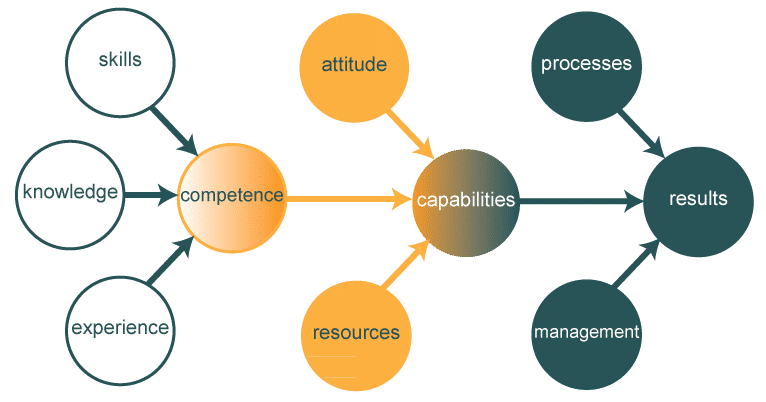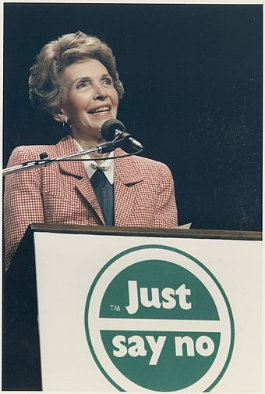
The average product manager spends 45% of their time firefighting*.
(*2016 Product Focus Survey)
Whether you call it firefighting, controlled panic or troubleshooting – that’s more than 2 days per week!
It’s frustrating, wastes time and gets in the way of more strategic work.
So let’s assume it’s true for you. Have you spent any time thinking about how to be really good at it?
No?
OK, well have a look at our 7 tips below:
1. Don’t constantly interrupt yourself
As a product manager, your life can feel like a constant series of interruptions. And there is so much stuff coming at you it’s ‘like drinking from a fire hydrant’. The challenge is choosing what’s most relevant to focus on.
How often have you responded to interruption because it will only take a couple of minutes but it ends up taking an hour?
The trick is to separate out the thinking and doing. Constantly re-juggling work requests and priorities impact our ability to concentrate. So turn off your phone, ignore your email for an hour, book a meeting with yourself and spend the time to get something sorted.
2. Prevention is better than the cure
We think the ideal product management role should spend less time firefighting. Less time on the back foot – dealing with problems, and more time on the front foot – preventing them and leading the way.
But some people believe that’s just what the job is. Sweeping up the mess everyone else leaves behind. Being a support function and catch-all for anything vaguely related to the product.
We don’t.
We can understand it though. Product managers feel responsible for the success of their product and so pick things up just to get them done.
The solution is to choose to work on strategic activities – they usually prevent tactical problems from coming up later.
So can you focus on the things that will break the vicious circle and prevent fires starting in the first place? For example, more training for the sales force so they have the answers they need and don’t need to bother you all the time.
3. Hold other people accountable for doing their job
Some people think that if there is an issue involving the product (any issue) it must be the responsibility of the product manager to sort it out. So they dump it on you. But you shouldn’t assume it’s automatically your job to sort it out.
Ask yourself if someone else is ‘passing the buck’? Why isn’t it someone else’s job to sort it out?
As a product manager, you’re often driving changes in your business e.g. launching a new product or introducing a new process, so a key part of the job is finding owners (permanent homes) for things that are new. The trick is to make the long-term solution part of someone else’s job – so it doesn’t come back to you again in the future.
I know that in the past I quite enjoyed being the one who sorted out a problem. It was a bit of a ‘power trip’ … being the cavalry charging to the rescue. I subconsciously thought that if I’m busy I must be important. But it did take up a lot of time. I remember my boss pulled me to one side and said something like “Sometimes you need to stop being the hero and hold other people to their accountabilities”.
4. Identify the root cause
When you’re firefighting – in many respects what you’re doing is ‘papering over the cracks’ of an inefficient organization. So it’s worth spending some time to identify the root cause of a problem.
Many of the problems we deal with are process issues. I often found that things went wrong at the interface between different departments. And as a product manager, you end up trying to get different teams to work together.
For processes involving people, the tool below (Ishikawa diagram) can help.

Let’s look at an example (you work from right to left).
For an in-life product, you find you’re getting lots of customer support issues escalated to you to resolve.
So the resulting issues are escalated to you which are taking up too much of your time. You should ask yourself if the process is incorrect – should the issues be going to someone else to solve or be sorted by the Support team? Does your management expect you to do this as part of your job and/or do they understand the impact on your workload? And do the support team have the capabilities to sort the issues themselves?
If the Support team doesn’t have the capability, is it a lack of resources, the wrong attitude or a lack of competence? If it’s a lack of competence is it because they don’t have the skills, knowledge or experience?
I hope you can see how you could use this tool to identify and communicate problems and their root cause(s) and remember there may be multiple causes for one issue.
This kind of analysis helps you and the management team put in place a more permanent solution to a problem.
5. Learn to project manage
Lots of the things we need to do have to be done with the support and work of other people. Project management skills are key.
We recently did a course on Project management for Product Managers. It was interesting that half the delegates had been Prince II trained but that all had let their certification lapse. You don’t need to be Prince II trained but go on a course, read some books or copy what other successful people do.
6. Just say NO
This was the anti-drugs slogan cr eated and championed by First Lady Nancy Reagan in the 1980s.
eated and championed by First Lady Nancy Reagan in the 1980s.
As product managers we often take things on that perhaps we shouldn’t. We need to learn how to diplomatically say no.
I know I used to enjoy being busy – I enjoyed the adrenalin rush and it made me feel important. But as my career progressed I learned to be calm, more confident and more focused on what was really important.
7. Develop good firefighting habits
It’s easy to get distracted by an urgent email or an interesting request. It’s easy to find things to do that help you procrastinate and avoid an important but unpleasant task. So develop some good firefighting habits …
a) When something new comes your way think ‘Am I the right person?’, ‘Is it the right time to sort it?’ and ‘Do I have enough information to be able to progress it?’. If not pass it on, wait for the right time or search for more info.
b) At the end of each day create a to-do list of the things you want to get done tomorrow – the things that will help you achieve your important goals. During the next day whenever you break for a coffee and return to your desk, review it and ask yourself if what you’re going to work on next is really the best option.
c) Celebrate your success. When you do resolve an issue, fix a problem or put out a fire – make sure that the right people recognize the part you played, thank others that helped you but also talk about how everyone can prevent something similar ever becoming a fire in the future.
We hope you’ve found these useful and if you’ve got your own tips – please let us know.
Ian Lunn
Director, Product Focus


Join the conversation - 2 replies
Great article – some very useful tips.
Totally agree that most parts of an organisation view a problem with the product – even if it’s a process or operational issue – as the product managers responsibility to sort out.
A word of caution around getting good at fire fighting – you can easily get sucked into that mode of operation for several reasons:
• Most of us are natural problem solvers
• With enough practise and experience -you can get some quick wins – or at least a positive impact – and the adrenalin of being busy plus getting some short term success can be pretty addictive and gratifying – it’s a bit like fat and sugar – we all know it’s bad for us but we still take it anyway
• Fixing a problem can be more interesting and exciting than the longer term planning that you need to do as a product manager – especially if funding is tight and you don’t get to do much product development.
• Fixing a problem often gives you something tangible to see very quickly – whereas a new product strategy, price proposition, or product enhancement can take months to deliver, and even longer to see the results.
• You often feel duty bound to get something done – especially if its customer service impacting
Of course the best way of working is to get the balance right between being reactive to day-to-day issues and being forward thinking and planning for the future.
Equally as important and even more difficult is to get the correct owner to own the problem – sure as product manager you can give it your support or sponsorship – but finding the correct owner and getting them to agree to own and act on the problem – now that is the holy grail.
Thanks for the awesome article and the tips are good to imbibe for prod mgrs. task Delegation to the right person at right time with right info will save so much time for prod mgrs. 🙂 cheers